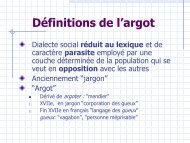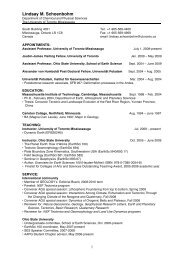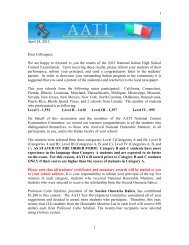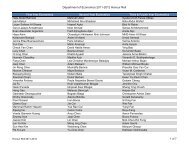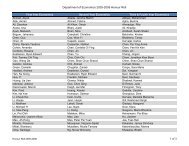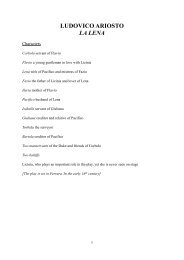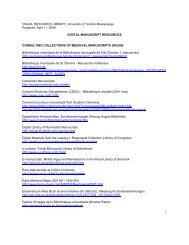Diatrype disciformis (Hoffm.) Fr.
Diatrype disciformis (Hoffm.) Fr.
Diatrype disciformis (Hoffm.) Fr.
You also want an ePaper? Increase the reach of your titles
YUMPU automatically turns print PDFs into web optimized ePapers that Google loves.
Plant Disease Lessons: http://www.apsnet.org/Education/LessonsPlantPath/DutchElm/top.htm<br />
As early as June, the leaves on a DED-infected elm<br />
will wilt, turn yellow, then curl and turn brown.<br />
Symptoms usually first appear in the crown on the<br />
tree, and can be seen until fall colours appear.<br />
Dutch elm disease is spread by the native elm bark<br />
beetle which can fly up to 2 km as it searches for<br />
healthy elms to feed on. The DED fungus has sticky<br />
spores that become attached to the beetle during<br />
its breeding period. The beetle then spreads the<br />
fungus when it feeds on and over-winters in healthy<br />
elms.<br />
Do not prune your elms between April 13th and July<br />
31st. The Elm Bark Beetle that spreads the DED<br />
fungus is attracted to freshly cut elm and is most<br />
active during this period.<br />
http://www.sdeda.ca/what_is.html<br />
http://www.fs.fed.us/na/morgantown/fhp/palerts/ded/elm.htm



